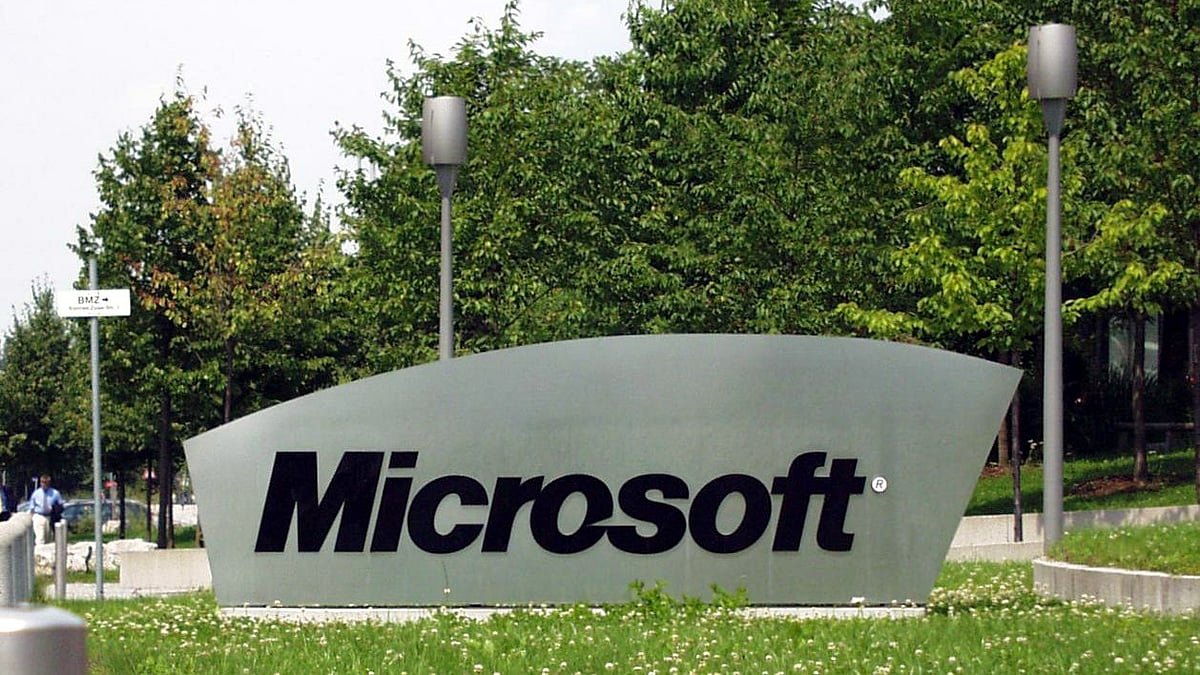 For any small- to medium-sized enterprise (SME), the cybersecurity landscape can be intimidating. You are informed of a variety of threats, reliable expertise is scarce, and there is limited (if any) budget available.
For any small- to medium-sized enterprise (SME), the cybersecurity landscape can be intimidating. You are informed of a variety of threats, reliable expertise is scarce, and there is limited (if any) budget available.
To help with this, the European Union (EU) has funding available to help SME’s improve their cyber defences.
But what does this funding actually entail, and how can it practically help your organisation? Let’s break it down.
What is this EU Funding All About?
At its core, the EU, through various programmes like the Digital Europe Programme and initiatives managed by the European Cybersecurity Competence Centre (ECCC), has allocated funds to strengthen cybersecurity across the continent.
A key focus of this investment is the SME sector which often struggles the most and is frequently targeted by cybercriminals.
This isn’t just about handing out cash. The funding is designed to achieve specific outcomes:
- Uptake of Secure Solutions: The primary goal is to help SMEs adopt and correctly implement effective cybersecurity solutions. This goes beyond just buying software; it’s about integrating security into the fabric of the business.
- Building Capacity: The initiatives aim to increase the internal cybersecurity knowledge and skills within SMEs, reducing their reliance on external consultants for day-to-day security management.
- Fostering a Security Culture: The funding supports projects that help organisations build a culture where every employee understands their role in protecting the business from cyber threats.
Why Should Your Organisation Pay Attention?
It’s easy to dismiss funding applications as bureaucratic and time-consuming, but the potential return on that investment of time can be significant. Here’s why you should consider it:
- It De-risks Your Security Investment: The most obvious benefit is financial. This funding allows you to implement security measures that might otherwise be out of reach. Whether it’s deploying multi-factor authentication (MFA) across all accounts, conducting a thorough penetration test, or investing in staff training, the EU’s contribution lowers the financial barrier significantly.
- It Provides a Strategic Roadmap: The structure of these funding calls often forces an organisation to think strategically about its security. To apply, you need to assess your current state, identify your biggest risks, and propose a clear plan for improvement. This process alone is an incredibly valuable security exercise. You move from a reactive mindset to a proactive, strategic one.
- It Grants Access to Expertise: Many funding streams are managed by consortia of cybersecurity experts. By participating, you not only get financial support but also gain access to a network of professionals who can provide guidance and ensure your project is successful. You’re not just buying a tool; you’re investing in a guided outcome.
How Will This Help Your Organisation in Practice?
In essence, this EU funding is more than just a grant; it’s a strategic enabler. It provides the means and the ability for SMEs to truly build a strong security capability, allowing organisations to elevate their security posture from a perennial concern to a managed business function. In a digital world where a single breach can be catastrophic, this represents a crucial opportunity that no SME should overlook.



